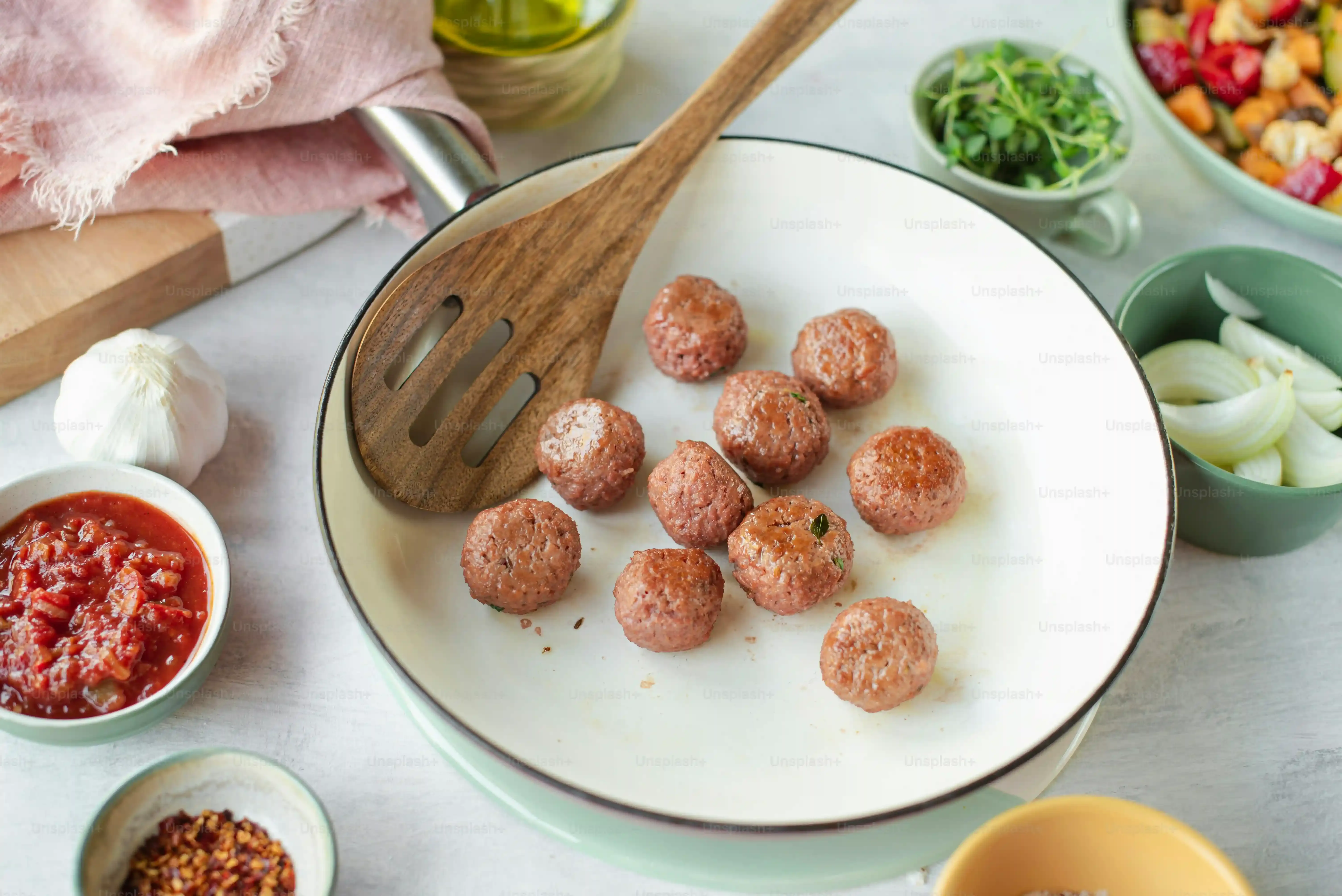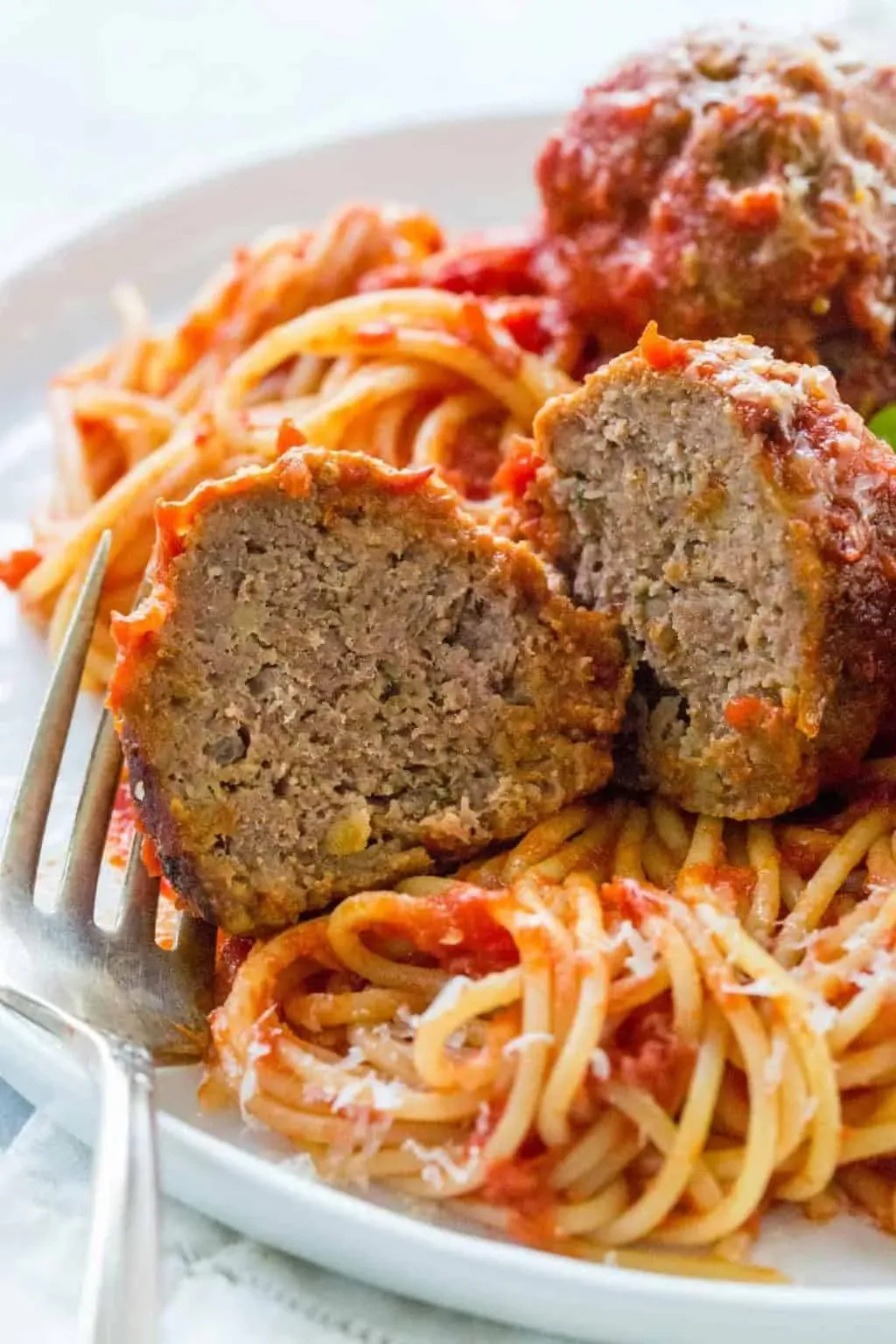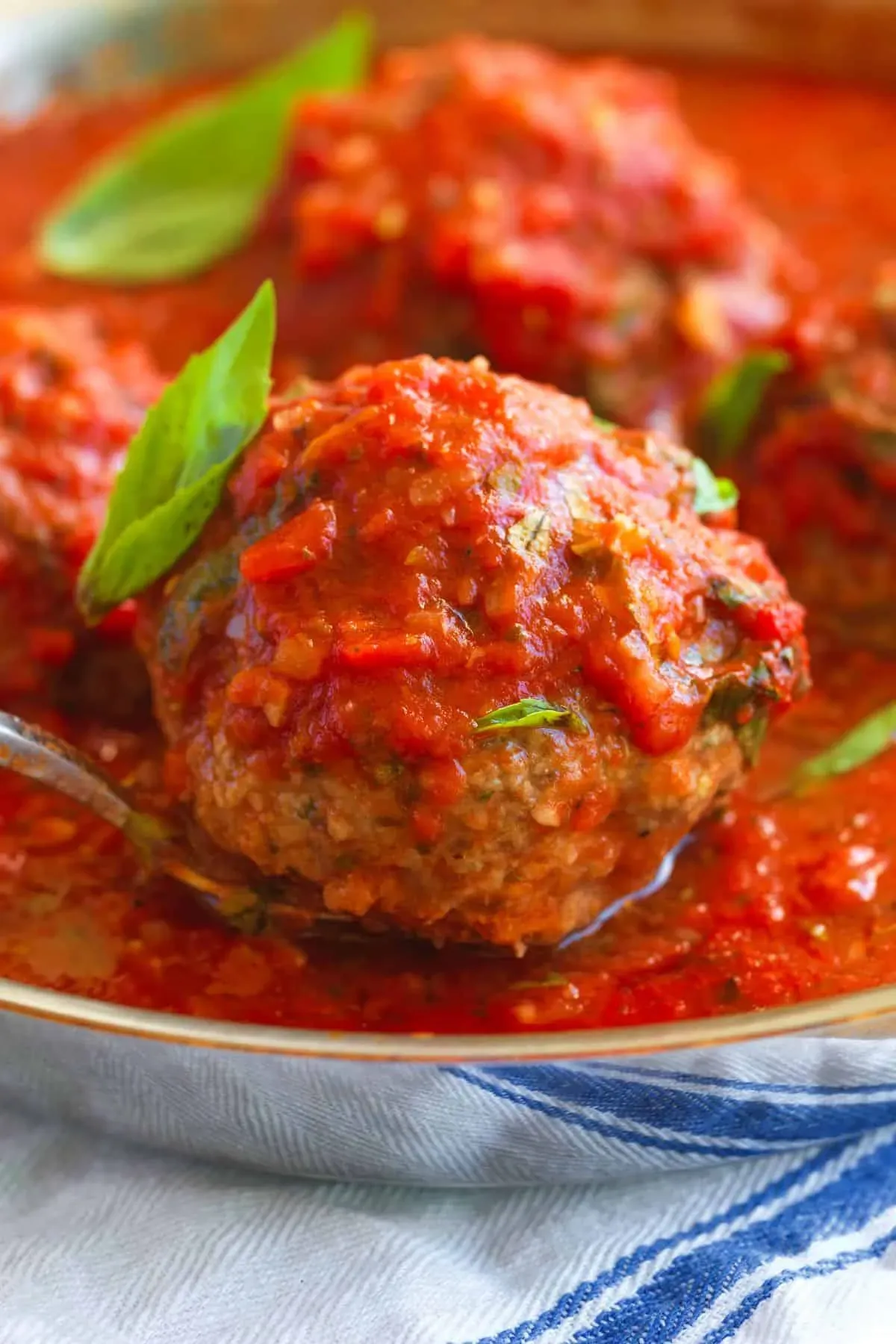Table of Contents
Let's be honest, making Italian meatballs can feel like a culinary tightrope walk. Too dry and they're like savory hockey pucks. Too wet and they dissolve into disappointment in your sauce. Finding that sweet spot, that perfect balance of juicy, tender, and flavorful, feels like chasing a culinary unicorn. You've tried recipes, watched videos, maybe even consulted Nonna, but still, something feels… off. You're probably wondering if the legendary "recipe for best italian meatballs" even exists outside of old-school Italian kitchens.
Why Your Meatballs Fall Apart (And How to Fix It)
Let's talk about the moment of truth: dropping those beautifully formed spheres into simmering sauce, only to watch them disintegrate before your eyes. It's a kitchen tragedy, a culinary betrayal! Figuring out exactly Why Your Meatballs Fall Apart (And How to Fix It) feels like cracking a secret code, and honestly, it’s often simpler than you think. The usual suspects? Not enough binder holding things together, or perhaps too much moisture turning them mushy before they can firm up. Maybe you handled the meat mixture like it owed you money, compressing it too much and making it tough, or maybe you were too gentle, leaving it loose and crumbly. Getting the foundational mix right before any heat touches them is the absolute key to a successful recipe for best italian meatballs that hold their shape proudly.
The Essential Ingredients for the Recipe for Best Italian Meatballs

The Essential Ingredients for the Recipe for Best Italian Meatballs
Alright, so you've dodged the falling-apart bullet. Now, let's talk about what actually goes into that perfect sphere of deliciousness. Getting The Essential Ingredients for the Recipe for Best Italian Meatballs right isn't rocket science, but there are absolutely non-negotiables. You need a mix of meats – typically beef and pork – because beef gives you flavor and pork brings the much-needed fat and tenderness. Don't skip the breadcrumbs soaked in milk; this is your tenderness insurance policy, preventing them from drying out. Eggs are the binder, obviously. And then there's the flavor bomb: grated Parmesan cheese, fresh parsley, plenty of garlic (don't be shy!), salt, and pepper. Some folks add a pinch of red pepper flakes for a little kick, or a touch of nutmeg like my Aunt Carmela used to, which sounds weird but adds a lovely depth. These core components are the foundation; mess them up, and you're building on sand.
Mixing and Forming Your Perfect Italian Meatballs

Mixing and Forming Your Perfect Italian Meatballs
so you've got your ingredients prepped and ready. Now comes the hands-on part: Mixing and Forming Your Perfect Italian Meatballs. This is where many people mess up, honestly. The key here is *gentle* handling. You're not kneading bread or making a meatloaf that needs to be dense. You want a light, airy texture. Combine all your ingredients in a large bowl – the meat, the soaked breadcrumbs, eggs, cheese, herbs, garlic, salt, pepper, everything. Use your hands, but treat the mixture like a delicate cloud, not a brick. Mix just until everything is combined. Overmixing develops gluten in the meat (yes, meat has protein structures similar to gluten!) and makes the meatballs tough. Once mixed, resist the urge to start rolling immediately. Refrigerate the mixture for at least 30 minutes, or even an hour. This chills the fat, makes the mixture easier to handle, and helps the flavors meld. When you're ready to form them, grab a small amount – maybe an inch or two in diameter, depending on your preference – and roll it *gently* between your palms. Don't pack them tight! A light touch ensures tender meatballs that are a crucial part of any successful recipe for best italian meatballs.
Cooking Methods: Baking vs. Simmering for the Best Italian Meatballs

Cooking Methods: Baking vs. Simmering for the Best Italian Meatballs
Baking Your Meatballs First
Alright, you've mixed and formed those beautiful, delicate meatballs. Now, how do you cook them? This is where the great debate often begins. One camp swears by baking them first. Why? Baking gives you a nice, even browning on all sides without constant flipping. It helps them hold their shape incredibly well before they even hit the sauce. Think of it as setting the structure. You get a lovely crust that adds another layer of flavor. Plus, it's cleaner; no splattering oil all over your stovetop. You pop them on a baking sheet (parchment paper is your friend here for easy cleanup) and let the oven do the work. This method is fantastic for ensuring your recipe for best italian meatballs don't turn into mush when they eventually simmer in sauce.
Simmering Directly in Sauce
Then there's the other school of thought: simmering your meatballs directly in the sauce from the get-go. The argument here is that they absorb all that glorious tomato flavor as they cook, making them incredibly moist and infused with goodness. My Uncle Enzo always did it this way, swearing it was the only path to the true recipe for best italian meatballs. The challenge? They are more fragile this way. You have to be super gentle when stirring the sauce, or you risk them breaking apart. The exterior won't get that slightly firm crust you get from baking or pan-frying, but the inside will be undeniably tender and packed with sauce flavor. It's a trade-off, and your choice really depends on the texture and flavor profile you're aiming for.
So, which method is right for you?
- Baking First: Better shape retention, nice exterior crust, cleaner process.
- Simmering Directly: Maximum sauce absorption, incredibly tender interior, requires gentle handling.
- Hybrid Approach: Some people lightly brown them in a pan or bake for just a few minutes, then finish them in the sauce. This tries to get the best of both worlds.
Serving and Storing Your Amazing Italian Meatballs

Serving and Storing Your Amazing Italian Meatballs
Alright, you've successfully navigated the mixing, forming, and cooking stages. Your kitchen smells incredible, and you're staring down a batch of what are hopefully the best Italian meatballs you've ever made. The immediate payoff is, of course, serving them. Classic is tossing them gently with your favorite tomato sauce and serving over spaghetti or polenta. But don't stop there! They're fantastic piled into a crusty roll for a meatball sub, sliced and added to pizza, or even just served on their own as an appetizer with a little dipping sauce. As for leftovers (if there are any, which is a big "if"), let them cool completely before storing. They'll keep beautifully in an airtight container in the fridge for up to four days. For longer storage, lay them out on a baking sheet to freeze individually, then transfer to a freezer bag or container. They'll be good for up to three months, ready to be resurrected for a quick, satisfying meal and prove this truly is your go-to recipe for best italian meatballs.
Mastering the Meatball
So there you have it. No magic spells, no secret family ingredient whispered only at midnight. Just solid technique, quality ingredients, and a little patience. You've learned why your previous attempts might have fallen short and how to build a meatball that holds its shape, stays juicy, and delivers on flavor. Stop settling for mediocre. You now possess the knowledge to craft the recipe for best italian meatballs that will make even the most discerning eaters nod in approval. Go forth and sauce generously.